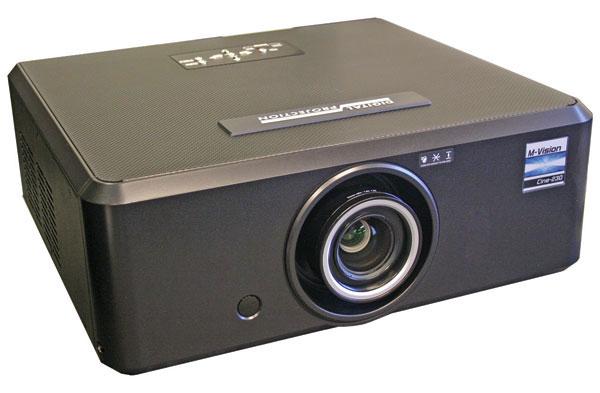|
Feb 07, 2012
|
Jan 27, 2012
|
Dec 06, 2011
|
Nov 02, 2011
|
Oct 13, 2011
|
Sep 21, 2011
|
May 12, 2011
|
May 04, 2011
|
May 03, 2011
|
Apr 28, 2011
|
Mar 25, 2011
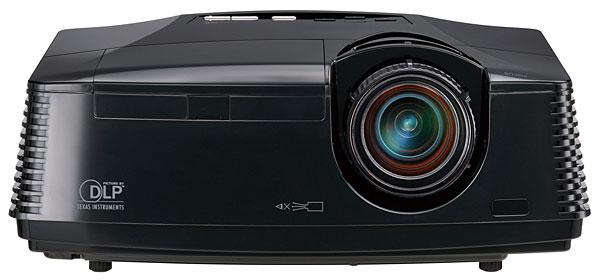
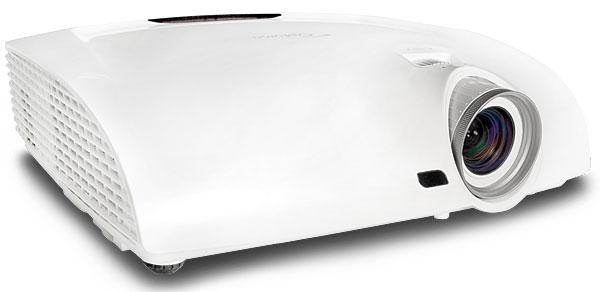
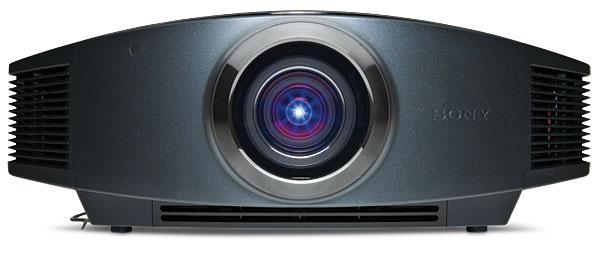

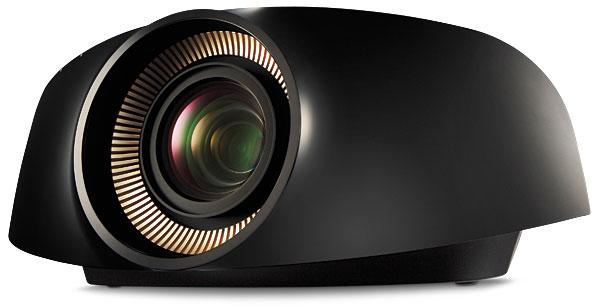
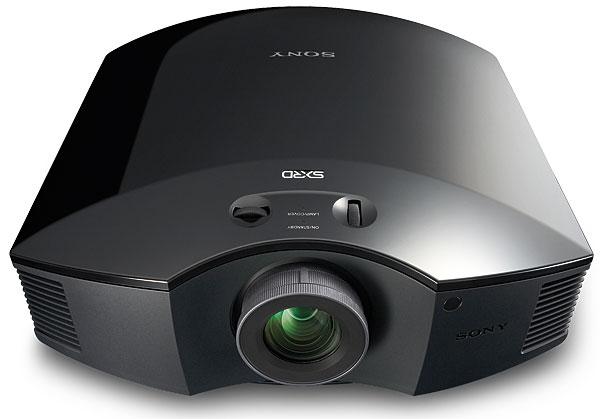
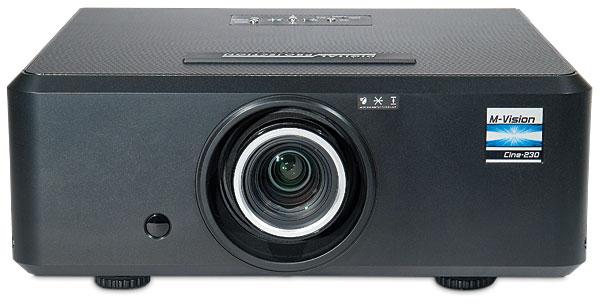

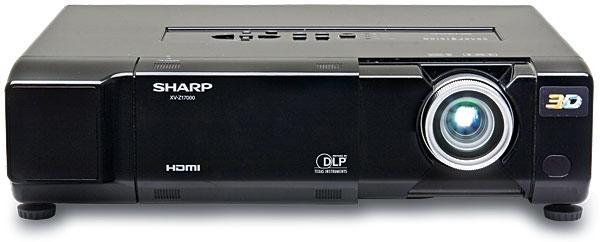
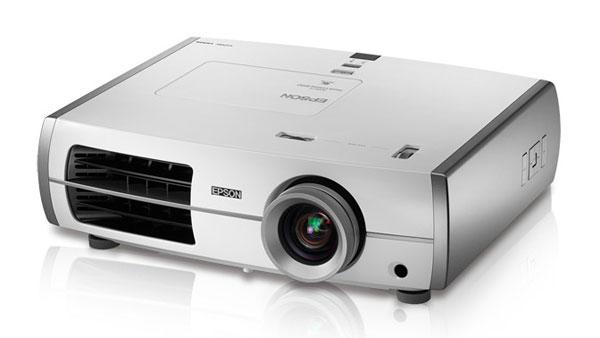
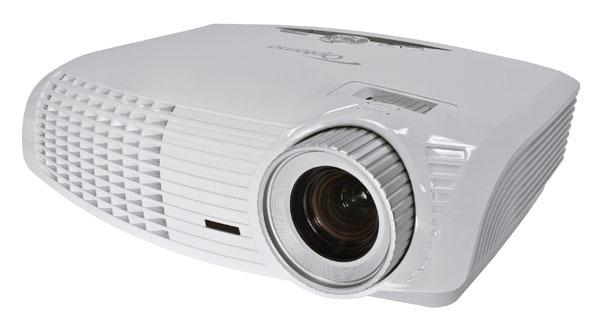
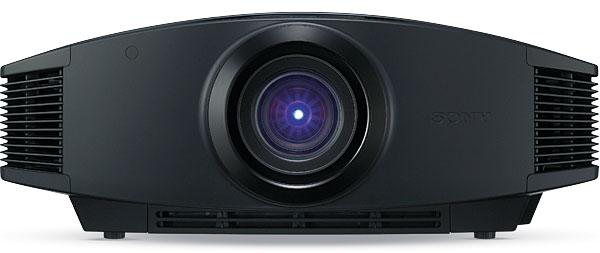

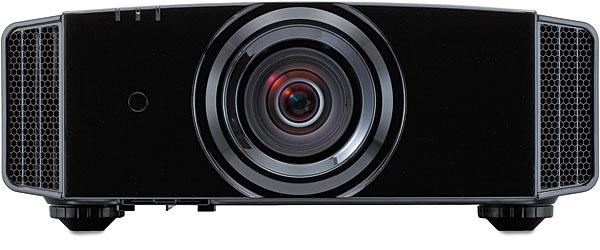

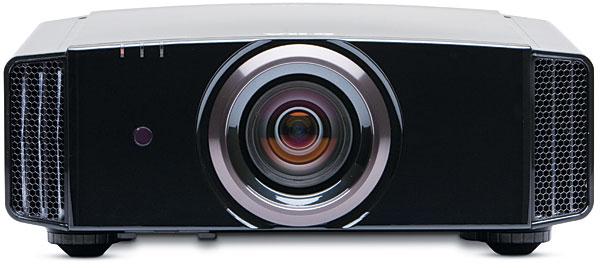
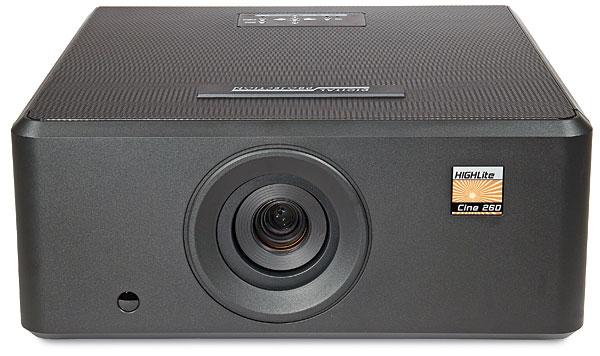
 Price: $29,995 At A Glance: Outstanding resolution and color • Bright—even on a 10-foot screen • Black level and contrast well short of cutting edge
Price: $29,995 At A Glance: Outstanding resolution and color • Bright—even on a 10-foot screen • Black level and contrast well short of cutting edge
